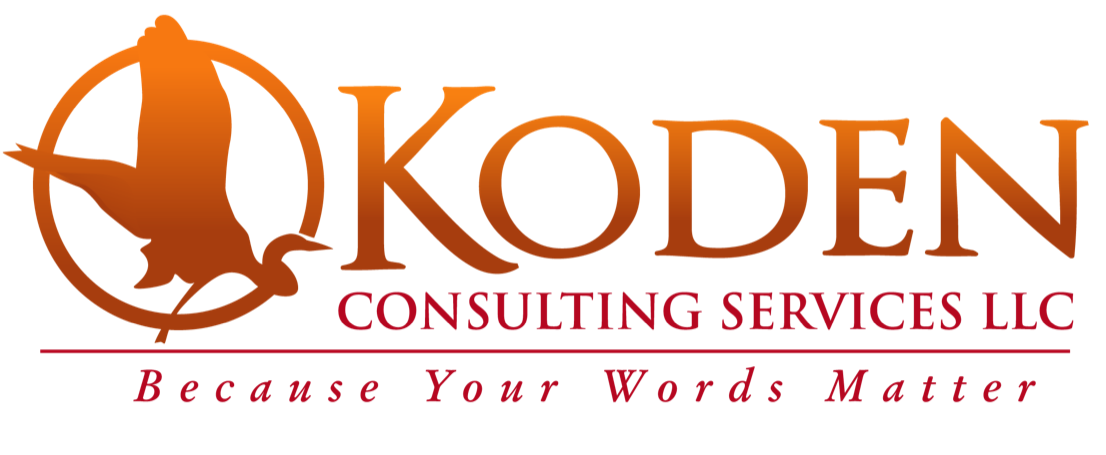
When disruption occurs, how do you find a way forward?
Violence, fatalities, bullying, natural disaster, scandal, a toxic leader, major lay-offs…disruption in the workplace takes many forms.
FBI statistics report increasing violence in the workplace since 2012. In 2013 suicides in the workplace jumped 12% and since 2015 our country has averaged 1 school shooting a week (except during 2020), now so common most don't make the news.
For the last 30 years (30yrs!), companies have conducted bullying and sexual harassment prevention training with dismal outcomes and no actual data showing that it works. Studies report North American businesses average 2.5 times more workplace bullying than Scandinavian or European countries.
Being the target or by-stander of workplace abuse is a key driver of violence, burnout, loss of talent, absenteeism, and work-related stress that is a $300 Billion a year problem for U.S. companies. The worst part is that these are preventable losses.

There is a path towards calm, purpose and productivity in the wake of challenging events.
Why traditional EAP services are often not enough.
Critical incidences require a level and duration of support that traditional business environments don’t often recognize or have patience for. Yet, this is precisely why some organizations not only recover but thrive, whilst others don’t, in the wake of destabilizing occurrences.
Bringing specialized expertise to the workplace beyond temporary EAP response measures following an unexpected event, sends a strong message about the commitment the organization has to its people- that their well-being matters, not just in the short term. Proactive and collective support brought to the workplace v passive off-site help increases the likelihood that those who need it the most will get it, serving as a protective mechanism for engagement.
Traditional organizational eco-systems are dismissive of acknowledging the need for support outside of temporary response measures. This promotes an environment of denial and ‘toughing it out’, leaving employees to mask their struggles and slowly decompensate. When employees feel part of a community participating in collective options for support with their peers, it removes stigma by legitimizing and reinforcing the understanding that getting help is strength in action. It’s a sign of professional maturity and responsibility for the preservation of one’s skill set.
Often, EAP providers sent to organizations are selected based on availability, not specialized expertise. This is critical if the occurrence you’re managing includes death, trauma or the intersection of both. Most therapists and coaches are not specially trained to work with death and loss or trauma informed practices. These are competency areas requiring advanced certifications.
Koden Consulting Services has the necessary expertise for helping leaders, teams and staff asking ‘what now’ and 'how do I do this' following a destabilizing event. Grief counselors and EAP crisis intervention specialists are not equipped to guide you in managing the longer-term, operational and behavioral impact that does significant damage to organizations over time. We are.

What are your next steps for managing outcomes, now and as they continue to unfold?
Going it alone without the right kind of expertise results in bad decision-making based on inaccurate assumptions and a ruinous misalignment with impacted stakeholders.
Conventional wisdom, aka ‘wishful thinking’, assumes that people and organizations will muddle through and eventually get back to normal on their own.
No, they won’t, but they will maladapt.
Why? Because the 'normal' that existed before the event didn’t include the possibility of what just occurred. The aftermath of a destabilizing event is often complex and multidimensional. People have been changed by this event and need help understanding and accommodating those changes and what it all means going forward.
When leadership attempts to create a facsimile of what was as a way of ‘getting back to normal’, it doesn’t relate to what employees are experiencing, leaving them frustrated, resentful and disengaged. It's why key talent leaves. It's why leaders feel like fish out of water. It's why businesses go under. It’s why you need help.
"I enjoyed the program and am very appreciative of the knowledge level & information provided. I came in expecting more of the same info we've always been given & I left with a lot of knowledge & different perspective & different tools for my job and personal life.”
~Resilience Building workshop evaluation
